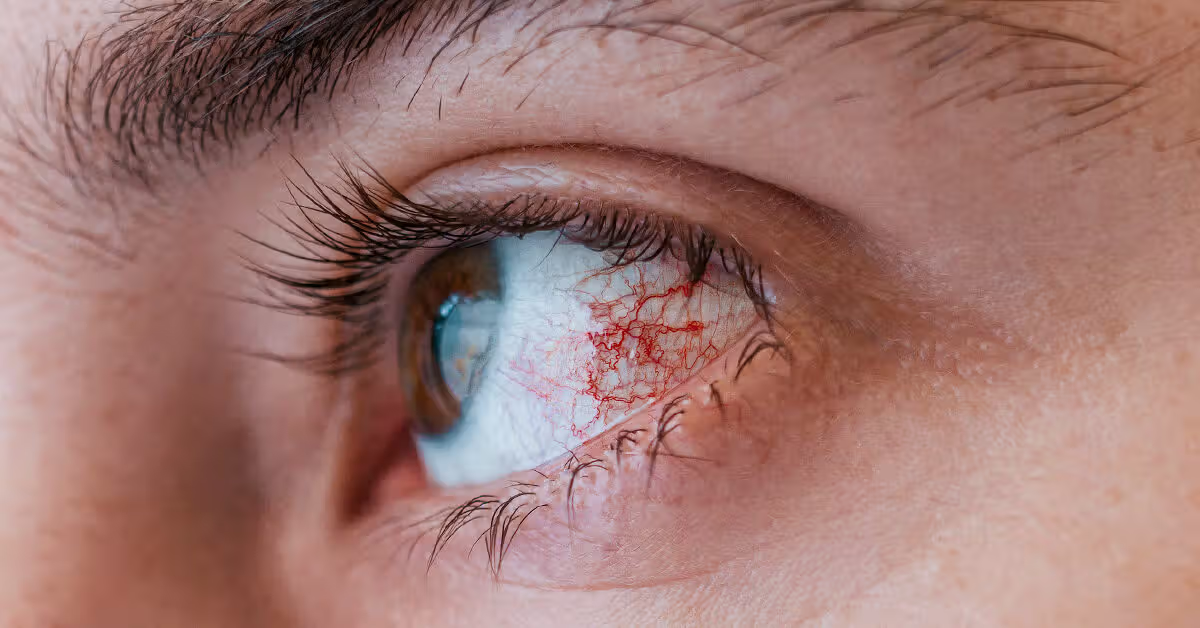Systems driven by data, accuracy, and innovation have replaced those that once depended on crude tools and guessing in medical practices. From handwritten charts to real-time computerized tests, the evolution of healthcare is a reflection of ongoing technological progress and adaptation. Patients today have access to and freedom to customize care in ways that were unthinkable in the past. The evolution of the business shows no signs of slowing down, and once-futuristic treatments are now commonplace. Each new development comes from a deeper shift in how people think, which puts more value on efficiency, accuracy, and long-term health at all levels of care.
Early Foundations Built on Observation and Trial Shaped the Initial Course of Healthcare
Herbal remedies, simple surgical techniques, and close monitoring were the cornerstones of healthcare in the early days. Oral practice and limited written records have preserved medical knowledge, which often blends with superstition and religious beliefs. Seeing symptoms was crucial for diagnosis, and treatment outcomes varied significantly. In this setting, the doctor’s job was more about treating the community than practicing science. But even in this early stage, efforts were made to learn more about illness through experience and research. Despite their disruption, these foundations paved the way for empirical methods that fundamentally transformed our understanding of health.
The Scientific Revolution Introduced Standardized Practices and Formal Medical Education
With the rise of the scientific method in the 17th and 18th centuries, medicine began to change from a mysterious art to a measured science. A new age of duty and organization began with lab-based research, clinical trials, and anatomy studies. Universities started formal medical schools, and students had to follow set courses in biology, chemistry, and anatomy. Hospitals changed over time into places where people could get care and learn, so doctors could learn from more experienced doctors. During this period, the regulation, licensing, and professionalization of healthcare professionals began. They took these steps to ensure the safety and consistency of all medicines and patient care processes.
Technological Innovations Transformed Diagnostic Tools and Surgical Precision
In the 19th and 20th centuries, technology was changing quickly, and healthcare systems rapidly saw what it could do. The development of stethoscopes, X-ray machines, and blood pressure monitors enhanced diagnosis accuracy, while anesthetics and antiseptics changed surgical techniques. It was easier for doctors to find health problems early and treat them effectively with these tools. As hospitals became more modern clinical spaces with more advanced tools, patients started to get better faster and with fewer problems. Imaging equipment and robotic surgical arms were among the innovations that improved outcomes and increased safety in the hospital environment.
Digital Records, Telemedicine, and Data Analytics Reshaped Patient Interaction and Treatment Efficiency
Healthcare transitioned to the digital age in the late 20th and early 21st centuries. Paper records were replaced by electronic health records (EHRs), which made it easy for institutions, offices, and providers to share data. Telemedicine removed physical hurdles so that patients could talk to doctors from the comfort of their homes. During this time, there was a big push for speed, remote treatment, and customization. A big step forward in this digital shift is the use of healthcare programmed targeting, which lets doctors and health organizations send more relevant information, alerts, and treatment options to certain groups of patients. This plan ensures prompt delivery of preventative care, increases patient involvement, and reduces the number of missed visits. It also helps public health efforts by putting resources where they can do the most good, cutting down on waste, and making sure that different groups get the best results.
Modern Healthcare Emphasizes Patient Empowerment, Predictive Models, and Preventive Strategy
The main goal of today’s healthcare system is not just to treat sickness. Wearable tech, instruction, apps, and ongoing tracking clearly equip people with the tools they need to take charge of their health. Healthcare workers can predict potential health issues before they happen with the help of predictive programs based on artificial intelligence. Genetic tests and personalized medicine change a patient’s treatment based on their unique biological makeup. Preventive care techniques are now part of regular visits. Screenings and early treatments have taken the place of defensive responses. Instead of chasing down medical events, healthcare systems can use real-time data to predict them, which leads to better patient results with fewer treatments.
Conclusion
The evolution of healthcare reflects a broader journey of human progress, where innovation and tradition coexist as treatment transitions from intuition to precision. From ancient tools to AI, the milestones tell a story of adaptation and improvement that affects every patient, doctor, and organization. Your interactions with the system become more complete, personalized, and effective as the field employs more and more new techniques and technologies. New developments are likely to be even bigger than the biggest ones in the past because people are always working to make lives better and care smarter.



